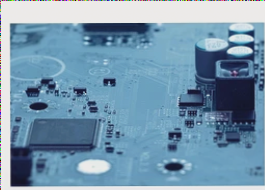Four Types of Surface Finishes for PCB Prototyping
Four common surface treatment methods for PCB prototyping—HASL (Tin Plating), Chemical Nickel Gold, Electroplated Nickel Gold, and Nickel Palladium—highlighting their distinct advantages such as cost-effectiveness, lead-free soldering compatibility, and suitability for fine circuit patterns and various PCB applications.
Four Types of Surface Finishes for PCB Prototyping Read More »


